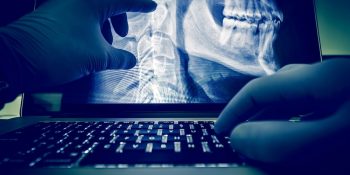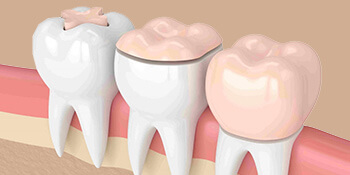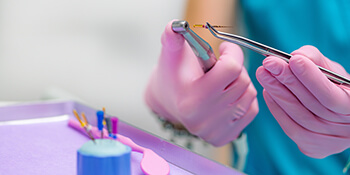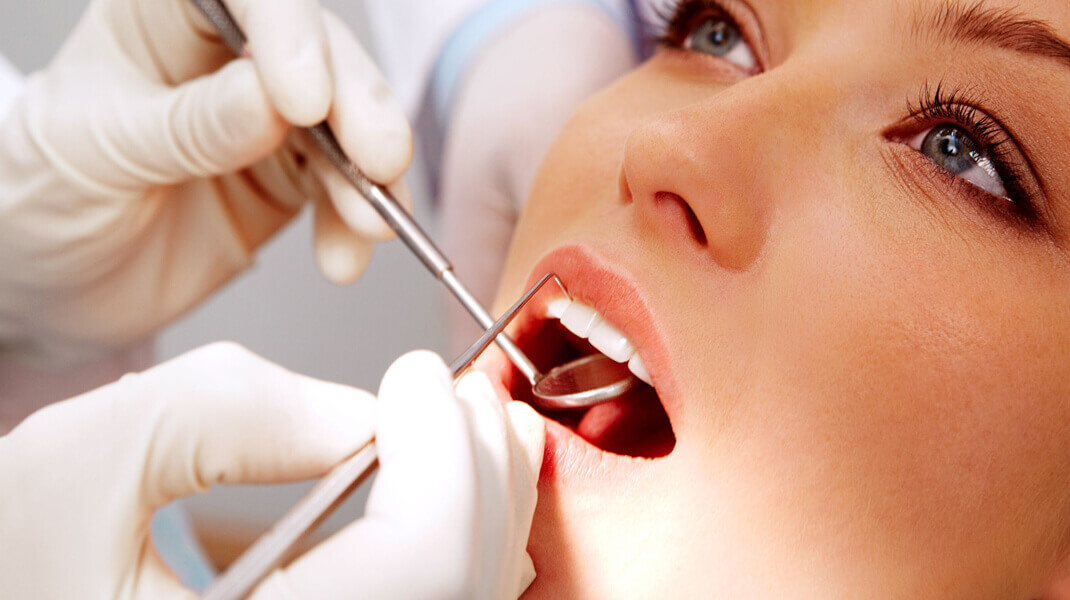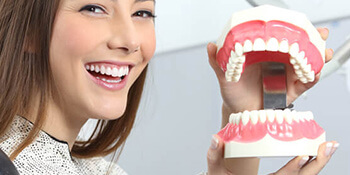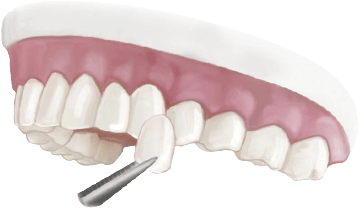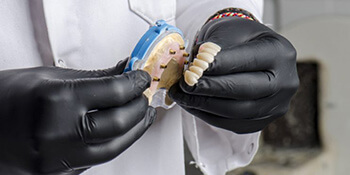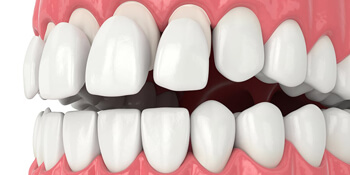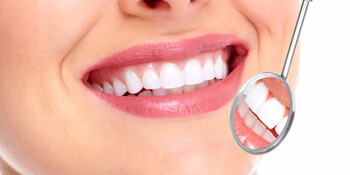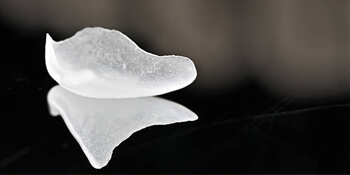Digital Dentistry
Thanks to the 3D intraoral scanner, which is the highest level of technology in our Istanbul Smile Center clinic, which can take approximately 4000 photo frames per second, the prosthesis measurement process becomes much more comfortable and faster for our patients, better and healthier results are obtained, the error is reduced to zero and the mouth is formed, special scanned with a scanner. In this way, we get the closest image to reality in seconds. In our clinic, porcelain, e-max, zirconium, laminated, ceramic coating, inlay/onlay ceramic fillings, custom abutments and temporary coatings can be made with the information scanned thanks to this technology. One of the most important advantages of digital dentistry is the ability to design an aesthetic smile, allowing the individual to make changes in accordance with the face and mouth structure of the individual on the teeth converted into three-dimensional form with the help of micro-camera, to control the contact points with the opposing tooth, to virtually wear, add, contour. It allows them to make changes and increase or decrease the frequency of contact points with opposing teeth. Thanks to digital dentistry, the images of the possible finished teeth are matched with the real face photograph of the individual, and the dentist and the individual have the opportunity to see the new restoration before it is finished.
What is Digital Dentistry?
- Digital dentistry: It means digitizing the treatment to be applied. It is the realization of the flow of all elements from the planning stage to clinical applications, impression transfer and the production of the prosthesis over the digital environment.
- Digital Physiognomy: It is the process of digitally designing the plans to be applied during treatment planning.
- Digital implant guide plate: Determining the implant position in three dimensions during implant planning and preparing a personalized implant guide plate accordingly.
- 3D intraoral scanning: It is the transfer of 3D/three-dimensional images taken from the mouth with an intraoral scanning device directly to the laboratory via the computer.
- 3D desktop scanning: Transferring the silicone measurements taken from the mouth to the laboratory with a desktop scanning device,
- Cad/Cam Prosthesis production: After the design of digital 3D / three-dimensional images sent from an intraoral scanning device or desktop scanning device is completed, the prosthesis production phase is called using the desired material. It is a completely digital, computer-aided production and application form of prosthetic products to be produced.
- 3D printer model library: The appropriate teeth in the library are selected on the size transferred to the design program digitally and applied in the computer environment. This applied design is produced with the help of a new generation 3D printer (three-dimensional printer) and applied to the person in the clinic with the help of a silicone key. Thus, an idea about the prosthesis to be completed before any intervention is made on the teeth.
Digital measure How long is the workflow process?
Taking images with an intraoral 3D/three-dimensional camera is a process of 3 to 5 minutes. After this process, the images taken are instantly transferred to the laboratory and the design can be started immediately. Bridges can be easily completed within 24 hours. Zirconia, empress, emax, acrylic, composite materials are used in the digital workflow.
For desktop scanners, this period is slightly longer. After the silicone impression is taken, scanning can be performed directly on the impression, or a model is created and model scanning is performed. Scanning time varies between 5 and 15 minutes after the model is poured, depending on the number of teeth.
